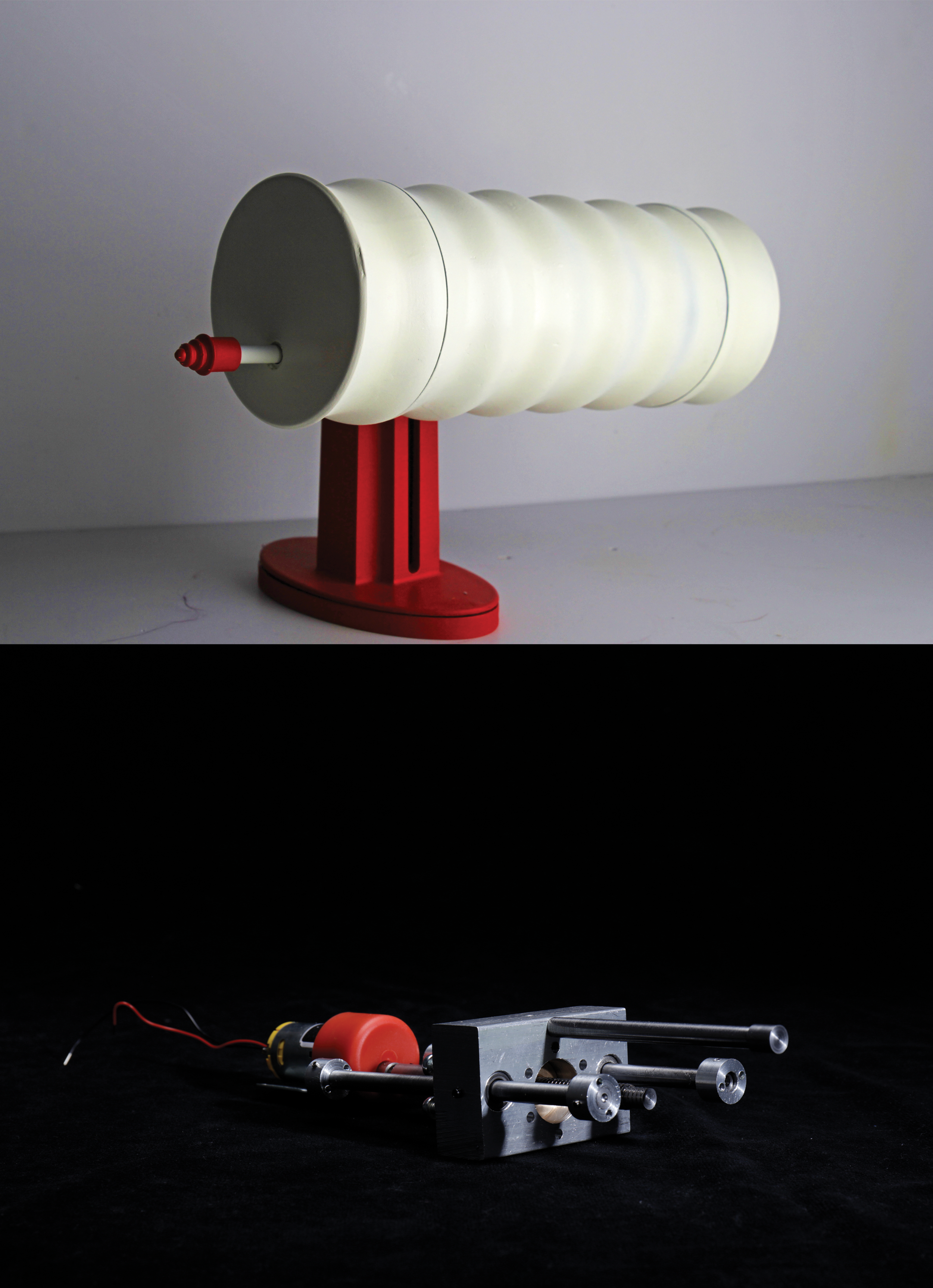T4UMATA
Solo | Spring 2019, Royal College of Art & Imperial College
T4UMATA is a project that proposes a more user-centered smart-home by questioning the connected devices that are entering our homes and the priorities by which they are designed and engineered. While the smart home is pitched for convenience, there is a larger imperative by technology companies to use these devices as new nodes for behavioral data collection. This data is used to give us increasingly accurate targeted advertisements, influencing our consumptive behavior, which affects how we interact with the world around us. It is, in a sense, a method of reducing our autonomy.
The proposal comes in two parts:
1. A redesigned technology architecture for the smart home which ends the data collection of the user, while still providing the ‘smart’ functionality.
2. Physical prototypes created to provoke thought about how the smart home products could be more customisable and therefore, useful for end users.
T4UMATA is an alternate vision for the design & engineering of the the smart home. The vision is guided by principles that place the individual first - isolated computing, simplicity over complexity, and individualised understanding. I believe that expectations of how technology should work is dependent on the way we design it. As data collection is driven by capital, our devices, even in the home, are always connected to the cloud. We are told they must be paired with the cloud in order to work, so that is the expectation of the designs we receive. T4UMATA is a project to push us, consumers, to expect differently; expect better.
Current smart home system architecture keeps the devices constantly connected to the internet to function. This functionality is pitched as necessary, but is simply a tool to harvest data from unknowing users for further profit. Users receive no money for the profit made off of their data and are stuck in an exploitative position.
The T4UMATA system architecture functions differently. The devices do not need the internet to function and only connect to the internet in order to receive updates. All software and data is stored and run directly on the device home.
T4UMATA’s initial proposal came with voice and gesture control that allowed users to customise the commands by which they controlled devices. The customisation of interaction allows users to choose what commands work best for them and gives further power back to the user over their smart home. The brain of T4UMATA is called the Operator.
Open-source software and hardware helped establish a basic prototype that questions the assumption that our ‘smart’ devices must be connected to the internet to be smart. These solutions demonstrated that gesture and voice recognition and the setup of custom interaction commands can happen on local systems.


In my research on smart homes, I found that a lot of smart devices didn’t provide much usefulness, often being used as speakers and timers. What if smart devices could integrate around the already existing infrastructure of our home to help augment our routines? I created prototypes of devices that could do physical activities - push and twist - on knobs or buttons that already exist inside the house. These prototypes were starting points and now I imagine something more simple that could easily integrate with an already existing device - perhaps within a sink valve or a switch.




